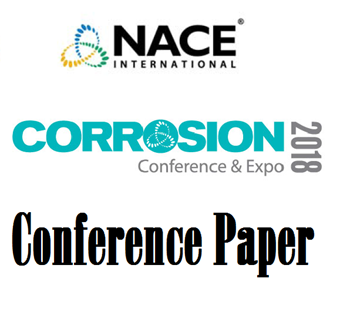Search
Products tagged with 'crude corrosivity'
View as
Sort by
Display
per page
51318-11381-Naphthenic Acid Corrosion Prediction Using Jip Model - Evaluation and Validation
Product Number:
51318-11381-SG
Publication Date:
2018
$20.00
Corrosion Challenges in Processing Crude Oils: Influence of Active Sulfur Species and Corrosion Rates of Various Alloys
Product Number:
51324-21207-SG
Publication Date:
2024
$40.00
High Temperature Corrosion Quantification in Renewable Diesel and Sustainable Aviation Fuel Applications
Product Number:
MECC23-20056-SG
Publication Date:
2023
$20.00
Improved Unit Economics, Crude Blending and Throughput Management Using a Novel High Temperature Corrosion Prediction Framework
Product Number:
MECC23-20054-SG
Publication Date:
2023
$20.00
Naphthenic Acid Corrosion And Sulfidic Corrosion In Crude Oil Fractions
Product Number:
51322-17533-SG
Publication Date:
2022
$20.00
Quantifying Effect of Hydrogen and Sulfur in Mitigating Free Fatty Acid Corrosion in Renewable Diesel Applications
Product Number:
51324-20864-SG
Publication Date:
2024
$40.00
Quantifying High Temperature Corrosion in Renewable Diesel and Sustainable Aviation Fuel Production
Product Number:
51323-19457-SG
Publication Date:
2023
$20.00







